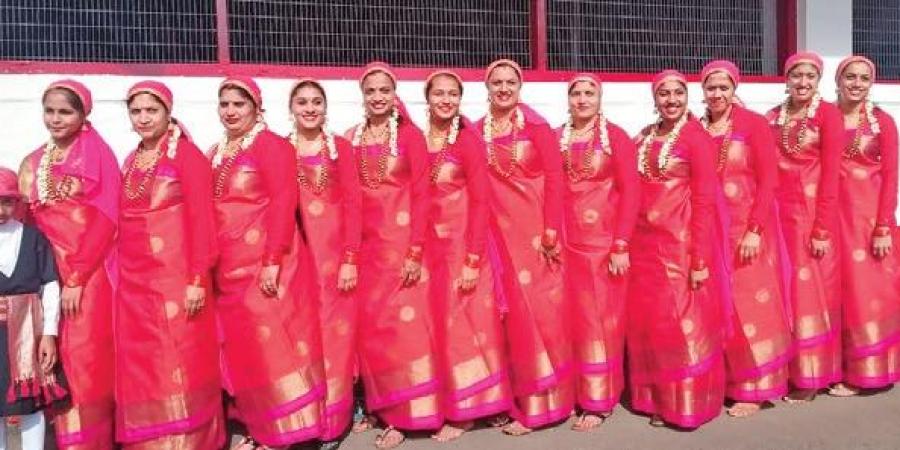With urbanisation and changing social structures, nuclear families, which were intrinsic in preserving tradition and rituals, have replaced joint families.

Madikeri :
With urbanisation and changing social structures, nuclear families, which were intrinsic in preserving tradition and rituals, have replaced joint families. To ensure their culture is not lost, various Kodava families in Kodagu district have joined together under one ‘keri’ (colony).
“The concept of ‘keri’ – synonymous with area or colony – started in Bengaluru among the Kodava community. The concept was adopted in the district too, with the first keri being formed 27 years ago,” says Kayapanda Shashi Somaiah, a resident of Madikeri.
As Kodava families started to move to cities from their native villages, the culture of the community was at stake. To prevent this, the keri concept was introduced in towns of Kodagu, including Madikeri, Virajpet and Ponnampet. “There are a total of 12 keris in Madikeri town. Cauvery Keri was among the first to be established in Madikeri. ‘Dechur Keri’ was established in 1998 and is one of the largest compared to other keris,” explains Madeyanda Ravi Kunjiappa, president of Dechur Keri.
He adds that this keri has over 300 members and an annual meeting is held after Puthari festival, which sees the coming together of all members. Talking about the purpose of a keri, Shashi Somaiah explains, “For instance, if a death takes place in a Kodava family, members may not be acquainted with the rituals that need to be followed. That is when the keri becomes a second family of sorts.
Before relatives arrive from far off places, keri members who stay in the same area come together to help with the rituals.” Keris have a president and directors who are elected by the members once in three years. Emergency funds too are collected. Shashi says, “Death funds are handed over by the keri trust to family members.” The community also bonds over other matters during keri meetings.
“When people from the same community gather under one roof, talks pertaining to marriage also take place. There are instances where two people have been matched during keri functions,” says Ravi Kunjiappa.
Ravi adds, “During annual meetings, children who have achieved in academics or sports are recognised and felicitated. Similarly, elders who have achieved in government services or youngsters who have excelled in various fields will be felicitated and encouraged. Communities get to share their triumphs and trials.” Apart from being a support system, these keris also help in preserving Kodava culture. “The annual meeting becomes a platform for various cultural activities. Youngsters and children are required to take part in this cultural extravaganza. Children get trained by elders in ‘kolata’, ‘umathat’ and various other cultural activities,” says Ravi.
These skills are then put to test in the form of inter-keri competitions organised in each township once in three years. While inter-keri events have been organised in Madikeri six times, Virajpet town saw its first event this year. “Each keri takes turns to organise this function, which aims to unite Kodava families from different keris. The aim is to promote Kodava culture among the younger generation. This is the best way to teach our children about our traditions,” says Madanda Latha Somaiah, a member of Dechur keri.
source: http://www.newindianexpress.com / The New Indian Express / Home> States> Karnataka / by Prajna G R , Express News Service / March 15th, 2020

